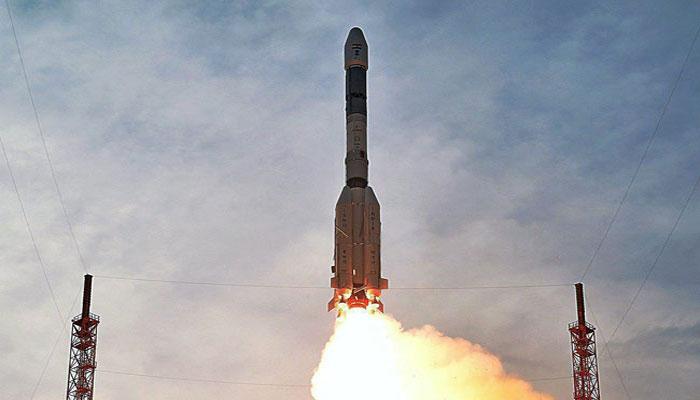Washington: SpaceX has confirmed successful deployment of all 10 communications satellites to low-Earth orbit after their launch aboard a Falcon 9 rocket on Friday, but the company reported a glitch in landing the $6 million nose cone into a giant seaborne net.
As the nose cone — also called a fairing — fell back toward Earth, the parafoils that were supposed to slow its decent became tangled, CNNMoney reported citing SpaceX CEO Elon Musk’s tweet.
The Iridium-NEXT satellites were launched for McLean, Virginia-based satellite operator Iridium Communications.
The Iridium-5 NEXT Mission marked the fifth set of 10 satellites that Musk’s SpaceX has launched for its customer’s Iridium NEXT global satellite constellation.
“Successful deployment of all 10 @IridiumComm NEXT satellites to low-Earth orbit confirmed,” SpaceX said in a tweet after the launch.
Musk revealed in a tweet that his company was attempting the recovery of the fairing with a ship, named Mr Steven.
“It’s a giant steel and webbing catcher’s mitt superstructure on a high-speed ocean ship. Godspeed, Mr. S �,” Musk said.
SpaceX is well known for landing and reusing rocket boosters to bring down the price of its rockets, but this was one of the rare occasions Musk has acknowledged his rocket startup’s attempts to recover the fairing after launch, the CNNMoney report said.
The fairing rests on the top of the rocket, and it acts as a shield for the satellites during launch. Once the rocket is in space, it splits into two and falls away.
Typically, it’s left to plummet back to Earth where the ocean becomes its graveyard.
But SpaceX wanted to recover the fairing. However, the attempt did not bring the expected result.
“GPS guided parafoil twisted, so fairing impacted water at high speed,” Musk tweeted.
IANS

